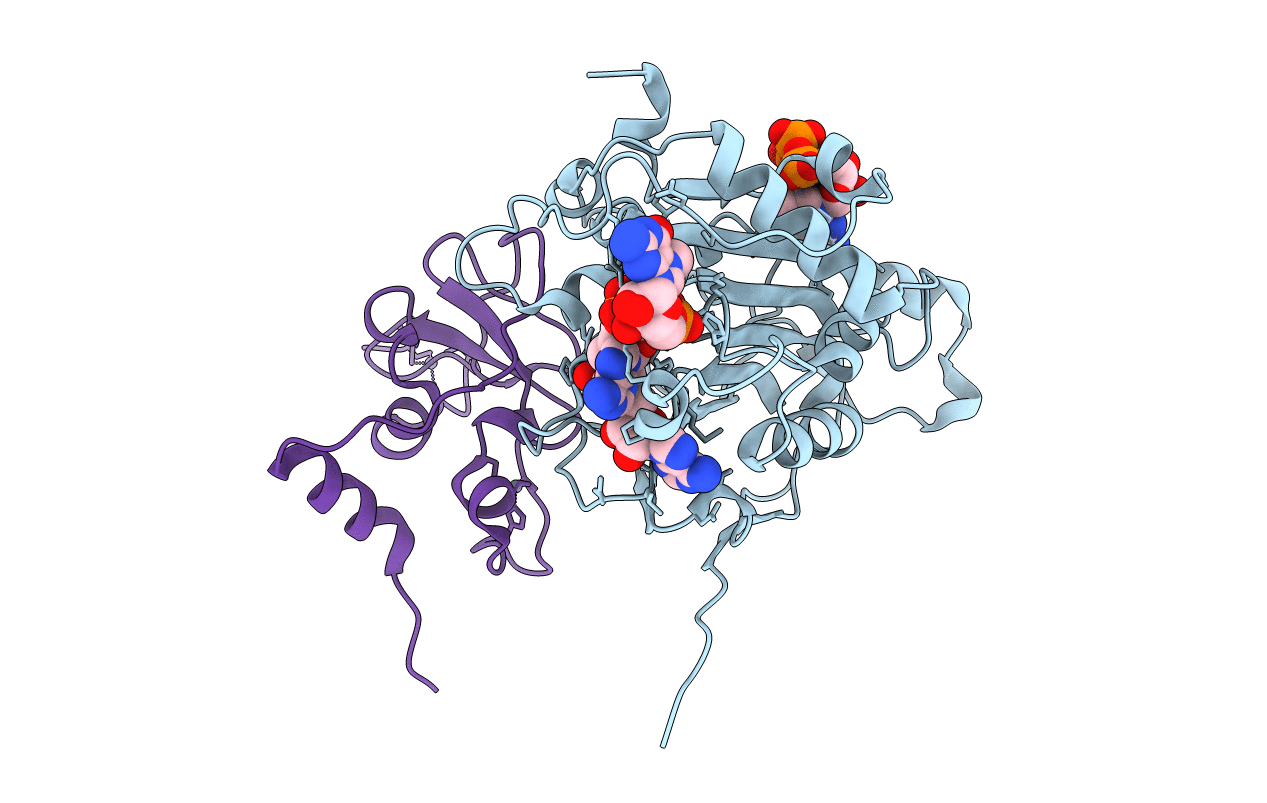
Deposition Date
2020-07-23
Release Date
2020-08-26
Last Version Date
2023-10-18
Entry Detail
PDB ID:
7JIB
Keywords:
Title:
Room Temperature Crystal Structure of Nsp10/Nsp16 from SARS-CoV-2 with Substrates and Products of 2'-O-methylation of the Cap-1
Biological Source:
Source Organism:
Host Organism:
Method Details:
Experimental Method:
Resolution:
2.65 Å
R-Value Free:
0.18
R-Value Work:
0.15
R-Value Observed:
0.15
Space Group:
P 31 2 1


